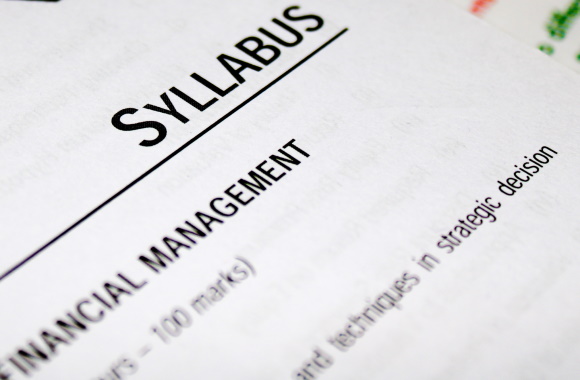New analysis of millions of course syllabi suggests classrooms are shaping student views with striking consistency, not variety. Researchers tapped a massive repository of syllabi to map how professors frame hot-button issues across disciplines. The result is a pattern that deserves attention from students, faculty, and anyone who cares about intellectual balance.
The study used the Open Syllabus Project, which aggregates an enormous number of syllabi, to detect which readings and framings appear most often. It found that instructors frequently present particular perspectives as the dominant or correct lens for certain debates, rather than signaling contested viewpoints. In plain terms, some contentious topics are being taught with a clear tilt toward one side.
For clarity the research singled out three focal areas quoted exactly as: “racial bias in the American criminal justice system, the Israeli-Palestinian conflict, and the ethics of abortion”… Those are subjects that are inherently complex and morally charged, and the study suggests they are often funneled through a single interpretive frame. That narrowing can leave students with fewer opportunities to practice weighing conflicting evidence or encountering sincere counterarguments.
Methodologically, scanning syllabi lets researchers see what texts get assigned and how course descriptions phrase topics, which paints a picture of curricular emphasis. It is not proof that every class is biased or that every instructor suppresses debate, but it is strong evidence of a systemic trend in reading lists and course language. What matters is that institutional patterns shape the classroom experience for thousands of students over time.
The stakes are practical: higher education should teach critical thinking, not just transmit a preferred political lens. When syllabi favor one viewpoint, students may leave class with confidence about a position without having been tested against rigorous dissent. That outcome weakens the educational promise of sharpening judgment through exposure to real disagreement.
Fixing the problem does not mean forcing false equivalence or amplifying fringe claims, it means designing courses that model honest engagement with competing evidence. Instructors can assign readings that challenge the consensus, host structured debates, or require reflection papers that ask students to argue from a viewpoint they initially oppose. Departments can encourage syllabi audits that map the diversity of assigned perspectives across required courses.
Administrators and faculty leaders should also resist simplistic metrics that reward ideological uniformity under the guise of coherence. Evaluating teaching quality ought to include whether students are taught how to interrogate assumptions, not only whether they arrive at a particular conclusion. A deliberate commitment to pluralism helps students become critical thinkers, which is the whole point of college.
Students themselves have agency: they can ask professors for alternative readings, form discussion groups that invite a range of voices, and choose electives that demonstrate methodological diversity. Active curiosity beats passive consumption every time, and pushing for curricular variety is a practical way to broaden educational horizons. If campuses want to be laboratories of thought, their syllabi need to reflect the experiments.

